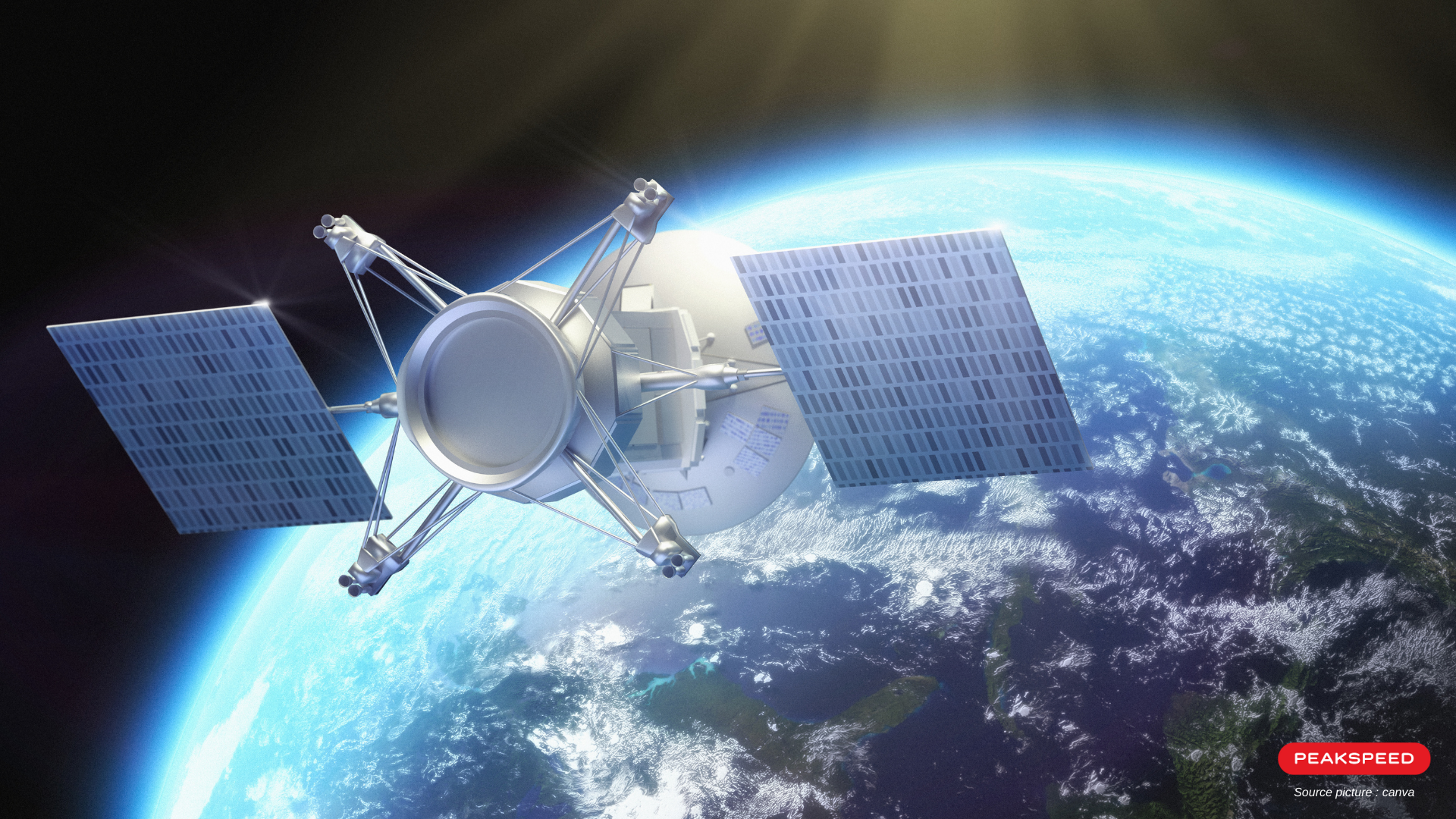For example, orthorectification involves evaluating compute-intensive sensor models for each output pixel being generated. The increase in data volume and requirements for lower latency has necessitated workarounds to achieve an acceptable throughput. These workarounds rely on interpolation schemes to avoid evaluating the sensor model at every pixel, thus sacrificing output pixel location accuracy. As the image and elevation data resolutions increase, providers are forced to either increase hardware capacity, or decrease the location accuracy, or both. The pipelining nature of FPGAs, on the other hand, allows for rigorous computation at every pixel in the orthorectified image, independent of image or DEM resolution, while simultaneously increasing throughput by orders of magnitude compared with CPU solutions.
Another benefit of the use of FPGAs is the weight and power requirements. Because FPGAs are more efficient compute engines, a typical application will require much fewer cores in comparison to CPUs and GPUs. The improvements can range from 50% to 90% reduction in compute needs along with the correlated net reductions in weight and power usage.


